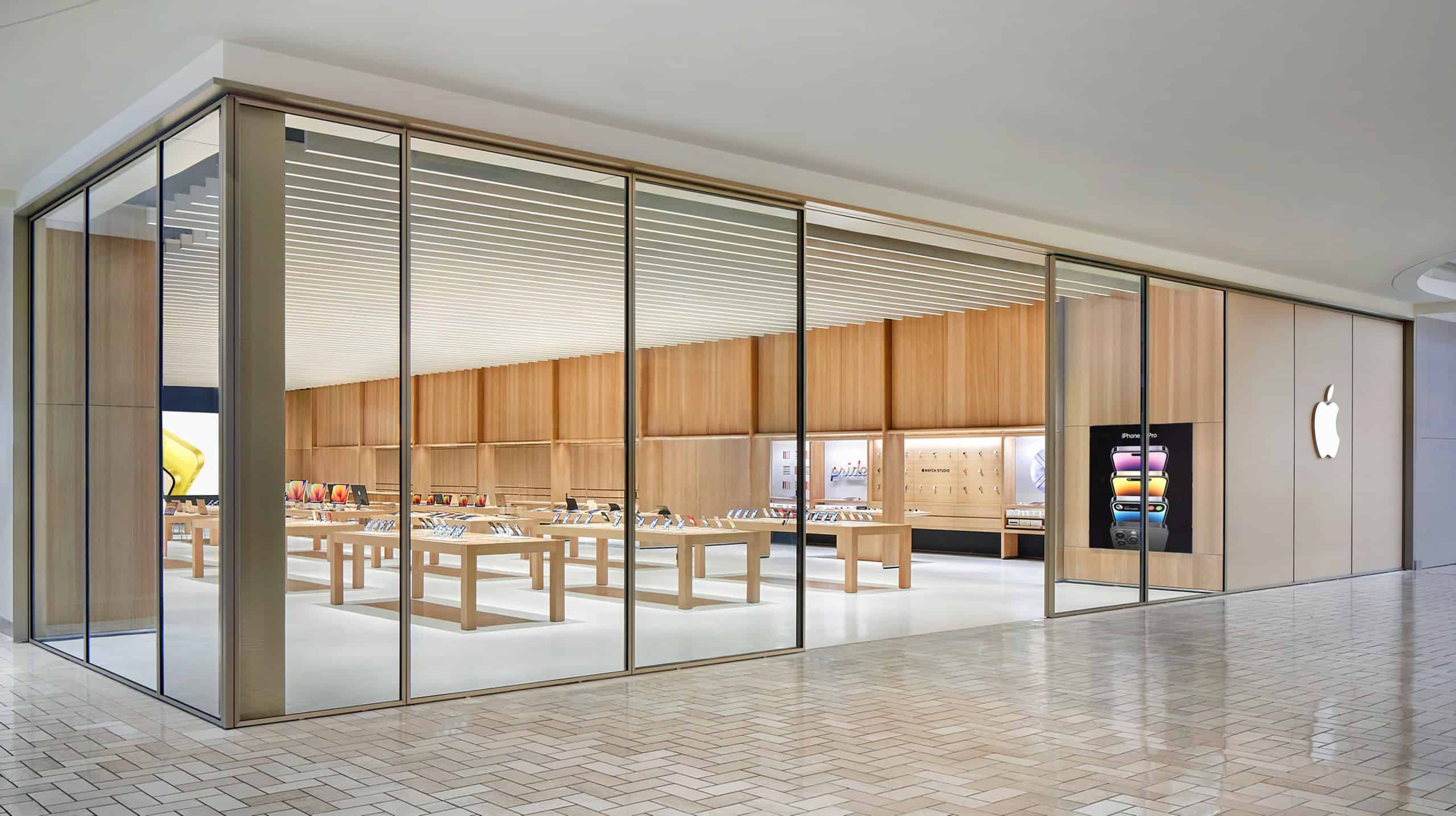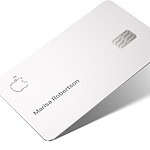The story of the Apple Store began more than two decades ago, on May 19, 2001, when Apple Inc. opened its first retail store at Tysons Corner, a bustling shopping center located in Virginia. This marked a significant shift in how consumers would interact with Apple’s products and services. Steve Jobs, Apple’s co-founder, was at the forefront of launching this innovative retail experience. The idea was to create a place where people could not only purchase Apple products but also learn about them, experience them, and receive support. This approach paved the way for a new era in consumer technology retailing, where the focus shifted from merely selling products to providing a comprehensive brand experience.
Uncovering the Birthplace of the Apple Store
Apple Stores have become iconic hubs for tech enthusiasts and consumers worldwide. But where did this retail revolution begin?
The Original Apple Store
The very first Apple Store was unveiled on May 19, 2001, at Tysons Corner Center mall in Tysons, Virginia (near Washington, D.C.). A second store opened on the same day in Glendale, California, at the Glendale Galleria.
A Visionary Leap
This move marked a bold departure for Apple. At the time, most computer manufacturers relied on third-party retailers like Best Buy or CompUSA to sell their products.
Steve Jobs, the visionary behind Apple, wanted a different experience. He envisioned stores where customers could:
- Experience Apple products hands-on
- Receive expert advice from knowledgeable staff
- Enjoy a sleek, minimalist aesthetic that reflected Apple’s design philosophy
Historic Locations
Here’s a quick look at the locations of the first two Apple Stores:
| Location | Address |
|---|---|
| Tysons Corner Center | 1961 Chain Bridge Rd, McLean, VA 22102 |
| Glendale Galleria | 102 Caruso Ave, Glendale, CA 91210 |
The Legacy Continues
Though the retail landscape has changed since 2001, the original Apple stores helped pave the way for a new kind of shopping experience. The first store in Tysons Corner Center closed for renovations in 2018, relocating to a new larger space within the mall in 2019.
Today, Apple has over 500 stores operating worldwide, showcasing their cutting-edge products and providing a unique customer journey.
Key Takeaways
- Apple opened its first retail store in 2001 at Tysons Corner in Virginia.
- Steve Jobs introduced a new retail concept that transformed technology shopping.
- The Apple Store model emphasizes customer experience and service beyond sales.
Evolution of the Apple Retail Experience
The opening of the first Apple Store marked a significant shift in retail, focusing on a customer-centered experience and innovative service models.
The Birth of the First Apple Store
On May 19, 2001, Apple introduced its first retail store in Tysons Corner, Virginia. Spearheaded by then-CEO Steve Jobs and retail veteran Ron Johnson, this store aimed to revolutionize consumer electronics retailing.
Global Expansion and Influence
After its first location, Apple quickly reached Glendale, California, and continued to expand worldwide, including major cities like Ginza, Tokyo, and London, UK. This established Apple as a significant presence in retail across the globe.
Innovations in Retail and Customer Service
Apple introduced the Genius Bar, a concept created by Ron Johnson, to provide hands-on technical support within the stores. Leaders like Angela Ahrendts and Deirdre O’Brien later shaped the retail strategy to improve user experience and service.
Products and Services Offered
Stores provided interactive setups enabling customers to try products such as iPhone, iPad, Macs, and iPods first-hand. Alongside hardware, buyers could explore software, music, movies, and third-party accessories.
Impact of the Pandemic on Apple Stores
In response to the pandemic, Apple stores implemented safety measures and increasingly pushed services to the online store. They created an AR app to enhance remote shopping, maintaining customer engagement.
Financial and Cultural Significance
Apple Stores generated high revenue and sales per square foot, outperforming luxury retailers like Tiffany. Apple’s retail approach shaped modern electronics stores, impacting the sector culturally and financially.
Educational and Community Initiatives
Apple stores serve as community hubs hosting events and offering educational programs. They help customers with solutions and provide kids with a space to learn coding and other creative skills.







